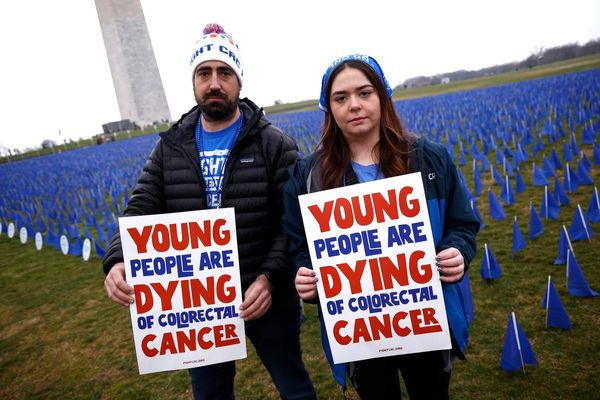
Researchers at Curtin University revealed that angry bees produce higher quality venom than calm ones.
Bee venom is a product widely known for its effective treatment of degenerative and infectious diseases such as Parkinson’s and osteoarthritis.
The new study, published in PLOS ONE, analyzed—for the first time— the behavioral and ecological factors that influence the quality of bee venom.
The researchers found there are 99 bee venom proteins of which about one third had been formerly identified. The new study investigated the factors that could increase it, and found that the more proteins found in the venom, the higher the potential quality and effect.
To understand the protein diversity of bee venom and find out what drivers impacted this, the multidisciplinary research team looked at a range of factors including the behavioral patterns of the bees. A compelling behavioral factor was revealed by the association between docile and active bees. Interestingly, we discovered that the “angry bees” that reacted intensively to our stimulating devices produced a richer, more protein-dense bee venom.
“The overall quantity of venom released by bees relies on the alarm pheromone secretion that induces other bees to aggressively react by stinging. This may be a result of changes in genetics that can provoke aggression in bees,” lead researcher Dr. Daniela Scaccabarozzi, from Curtin’s School of Molecular and Life Sciences suggested in a report posted on the university’s website.
The team also found that temperature impacted the protein composition of the bee venom.
“High temperatures can be detrimental to bees’ activity. Of the 25 hives tested, we discovered that the sites with higher temperatures recorded lower venom production. This met our expectation that seasonal factors do cause a change in the protein profile of bee venom. The optimal range for high protein diversity varies from 33 to 36 degrees Celsius,” Scaccabarozzi said.
Scaccabarozzi hailed the results of the study, and said the research would be of substantial benefit to both human health and the lucrative beekeeping business, where bee venom is being sold for up to $300 per gram.







